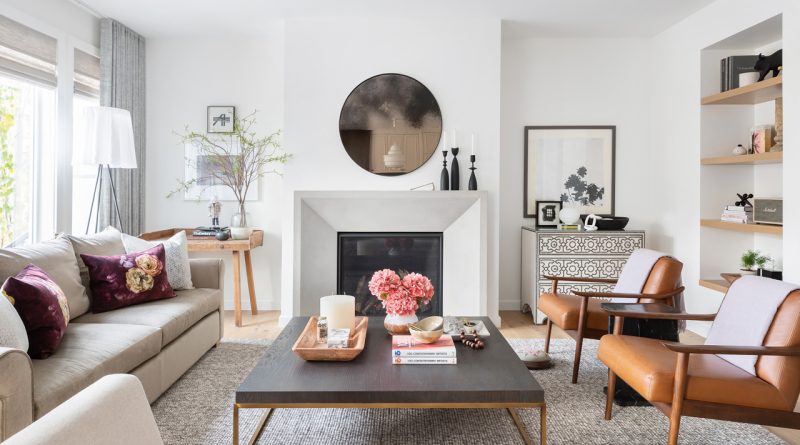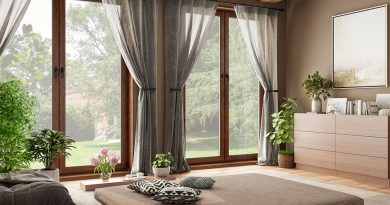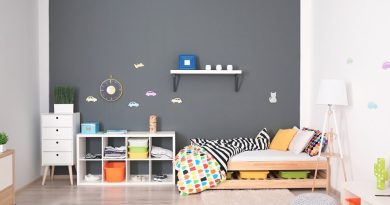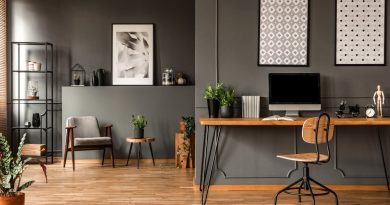Living Room Organization Strategies for a Clutter-Free Space
Creating a clutter-free living room is essential for a clean and organized space where you can relax and entertain guests. Here are some strategies to help you organize your living room effectively:
- Declutter and Simplify: Start by decluttering your living room. Remove items that don’t belong in the space or that you no longer use or love. Clear out old magazines, unnecessary decorative items, and excess furniture. Simplifying your living room sets the foundation for an organized space.
- Create Functional Zones: Divide your living room into functional zones based on activities such as seating, entertainment, reading, or workspace if applicable. Arrange furniture and accessories in a way that supports these zones. This helps create a sense of order and purpose in the room.
- Utilize Storage Furniture: Invest in storage furniture pieces that serve dual purposes, such as ottomans or coffee tables with hidden compartments. Use bookshelves, cabinets, or sideboards to store books, media, and other items. This allows you to keep items organized and out of sight while maximizing storage space.
- Clear Surface Space: Keep surfaces like coffee tables, side tables, and shelves clear of unnecessary items. Limit the number of decorative objects to a few key pieces. Use trays or baskets to corral smaller items like remote controls, coasters, or magazines. This creates a clean and clutter-free look.
- Manage Cables and Electronics: Tackle cable clutter by using cable clips, sleeves, or cable management boxes to keep cords organized and hidden. Consider using a TV stand or media console with built-in cable management features. Keep electronic devices and accessories neatly stored and out of sight when not in use.
- Establish a Toy Storage System: If you have children, designate a specific area or storage solution for their toys. Use baskets, bins, or toy chests to keep toys organized and easily accessible. Encourage children to participate in tidying up and returning toys to their designated storage space.
- Incorporate Shelving and Wall Storage: Install shelves or floating wall-mounted units to maximize vertical storage space. Use them to display books, decorative items, or family photos. Incorporate storage baskets or bins on shelves to hide smaller items and maintain a clean look.
- Implement a Paper Management System: Establish a system for managing papers and documents to avoid paper clutter. Use a filing cabinet, magazine holders, or a designated tray for incoming mail and important documents. Regularly sort and file papers to prevent accumulation.
- Regular Maintenance: Set aside time each week or month to tidy up and maintain your living room. Put away items that have been left out, fluff cushions, and dust surfaces. Regular maintenance prevents clutter from building up and ensures that your living room remains organized.
- Encourage a “One In, One Out” Policy: To prevent your living room from becoming overwhelmed with items, adopt a “one in, one out” policy. When you bring in a new item, remove an old or unused item to maintain a balanced and clutter-free space.




